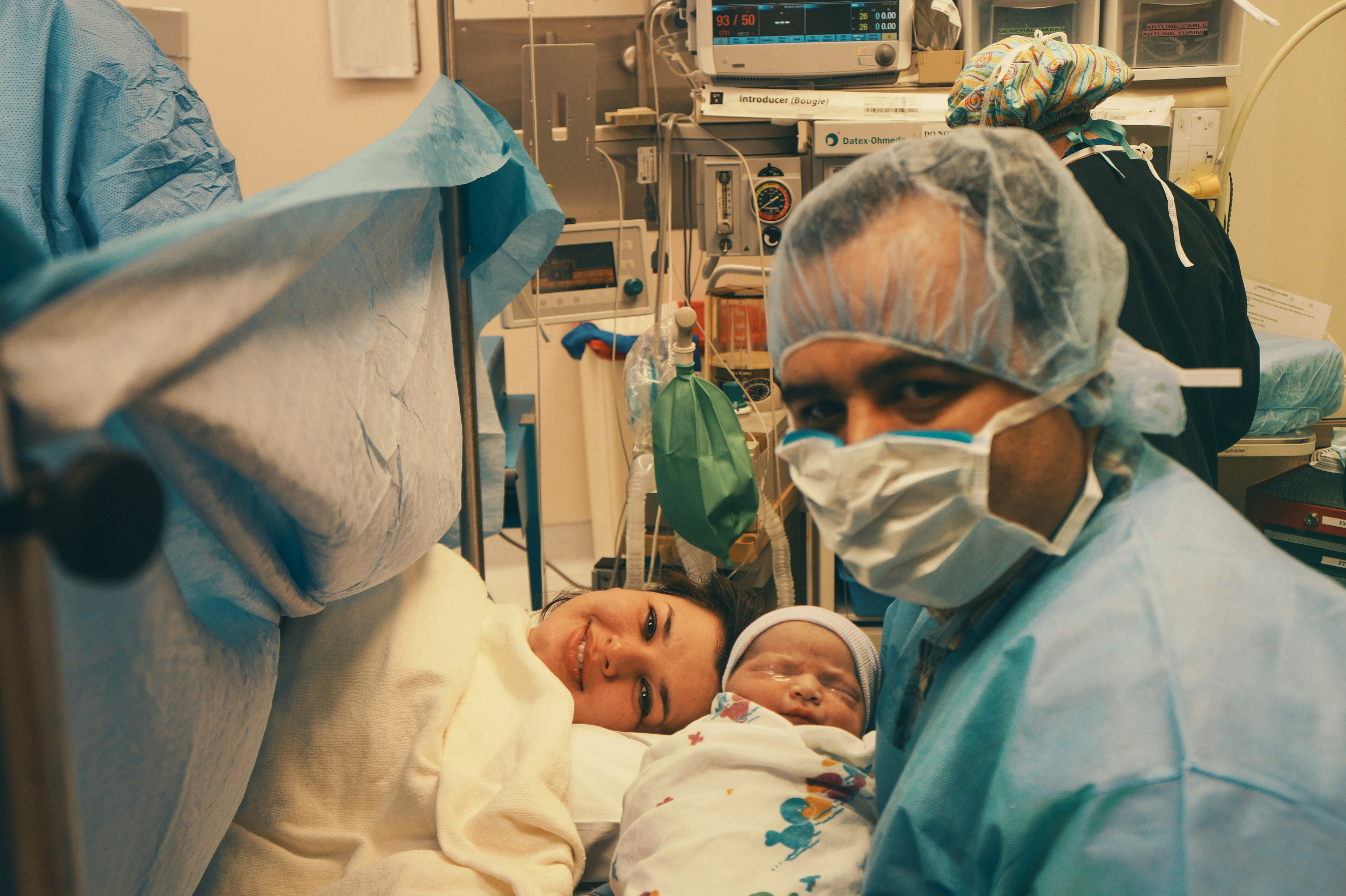Media release
From:
The Lancet: Lower blood loss threshold could improve early diagnosis and treatment of dangerous blood loss following childbirth, suggests analysis
A new way of diagnosing heavy bleeding after birth (postpartum haemorrhage or PPH) is more effective at identifying women in need of treatment than the current diagnostic method, suggests a meta-analysis published inThe Lancet.
PPH is a leading global cause of maternal deaths during pregnancy. Treatment must be given quickly and delays in recognising the condition cost lives. Doctors worldwide currently use a threshold of 500 mL or more of blood loss to diagnose PPH, however, this threshold is not based on strong evidence.
This study analysed data from over 300,000 women from 23 countries, to assess the sensitivity [1] and specificity [2] of using different warning signs to predict complications from PPH. Their study found:
- The conventional 500 mL threshold measure of blood loss predicted severe life-threatening complications with 76% sensitivity and 81% specificity
- The lower threshold of 300 mL with no additional measures had 84% sensitivity and 55% specificity
- The lower threshold of 300 mL plus high heart rate or low blood pressure or vital signs suggestive of shock; or measured blood loss threshold of at least 500 mL (whichever occurs first) had 88% sensitivity and 67% specificity
The authors consulted with other experts and concluded that using diagnosis signs which catch more women with PPH (high sensitivity) should be prioritised over avoiding false positives (high specificity) and therefore the threshold of 300 mL blood loss plus high heart rate or vital signs suggestive of shock; or low blood pressure or measured blood loss threshold of at least 500 mL (whichever occurs first) is the best diagnosis criteria to use for PPH.
The authors say their results provide a strong rationale for revisiting the current medical guidelines on PPH globally. They suggest that a clearer and more flexible definition based on their diagnostic criteria could help health workers spot dangerous bleeding sooner, enable faster responses, and save the lives of many women around the world.



 International
International



